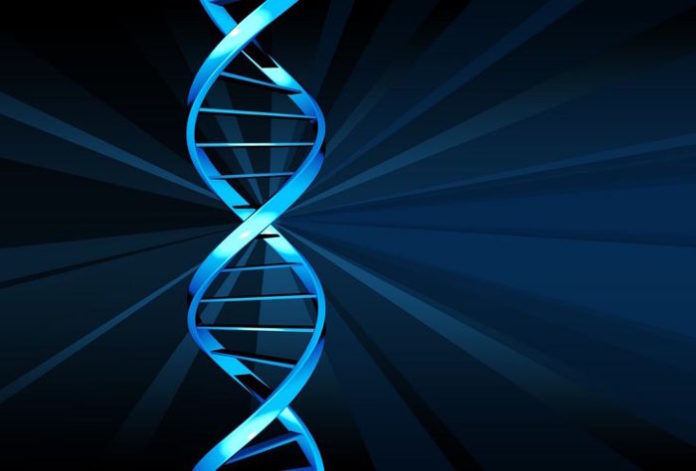There is growing evidence about the implication of the circadian rhythm in diabetes development. Studies in mice have shown that the disruption of circadian rhythms can accelerate diabetes and -cell loss.
In humans a link between the central circadian rhythm regulation and glucose homeostasis has been suggested by findings such as the polymorphism in MTNR1B, encoding the melatonin receptor 1B, that increases the risk for type 2 diabetes. Transcription and translation of core clock components circadian locomotor output cycles kaput (CLOCK), aryl hydrocarbon receptor nuclear translocator-like 1 (ARNTL1), aryl hydrocarbon receptor nuclear translocator-like 2 (ARNTL2), period circadian proteins (PER1, PER2, PER3) and Cryptochromes (CRY1 and CRY2) play a pivotal role in rhythm generation in the suprachiasmatic nucleus, which is the site of the master circadian oscillator in mammals, but also in the control of peripheral oscillations.
Authors: B. Lebailly1,2, C. Boitard1 & U. C. Rogner1
- Institut Cochin (INSERM U1016, CNRS UMR-S8104, Département “Endocrinologie, Métabolisme et Diabètes), Paris, France
- Cellule Pasteur, University Pierre and Marie Curie, Paris, France











